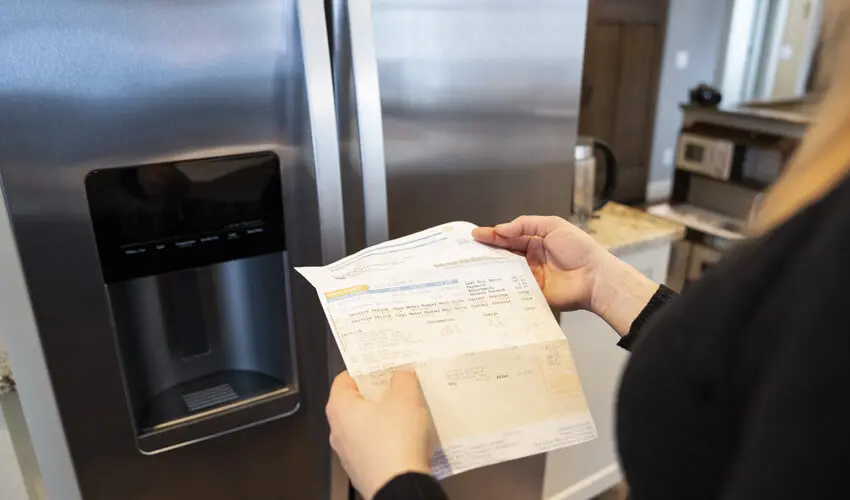How Many Appliances Can a 3/4 Gas Line Supply?

Overloading your gas lines with appliances isn’t safe or efficient, as it causes pressure issues that can lead to gas leaks or appliance malfunction. Some homes are only equipped with gas lines that are 3/4 inch (") in diameter, as this is a standard size for supporting major appliances. Other homes may have a combination of 1-inch, 1/2-inch, and 3/4-inch gas lines.
How do you figure out these gas lines’ capacity for appliances? Whether you use propane or natural gas, use these tips to play it safe …
Determining How Many Appliances a Gas Line Can Handle
Follow these steps to find out how many appliances your 3/4" gas line will support.*
- Check the appliance BTU ratings. BTUs (British Thermal Units) are a measurement of thermal energy. Each of your appliances should have a nameplate or sticker that shows the BTU output. Write down the BTU rating for each appliance you’re hoping to put on the same gas line. Add the numbers up. This total will help you make the safest decision, especially if you plan to run all the appliances at the same time.
- Calculate the length of gas line. In general, a longer pipe supports fewer BTUs. What’s the total length of gas line from the gas main to the last appliance on the line? A ballpark estimate will likely be enough for checking how many appliances the 3/4" gas line can support. Your gas main (aka the meter) may be under the house, in a cabinet, on the exterior of the house, or underground.
- Observe how many “branches” the gas line has. If a gas line branches out many times, this lowers the pipe’s BTU capacity. There’s no perfect formula for how the branches may affect 3/4" gas line capacity. For every branch, play it safe by adding six inches to your pipe length total.
- Consult a pipe sizing chart. Now that you have your rough numbers, consult a gas pipe sizing chart. Look at the proper chart, for either propane or natural gas. Keep in mind that, on most charts like this, the gas flow numbers are shown in thousands of BTUs, not single BTUs.
- Get professional opinions. To avoid a safety hazard, it’s best to have appliances professionally installed. Check with your gas company to confirm the gas line capacity is sufficient. If you need new gas lines, hire an expert for gas line installation too. Finally, make sure you have your gas appliances professionally repaired whenever they’re not at peak performance.
*The above instructions may be modified for different gas line gauges, such as a 1" gas line that splits into 3/4" lines.
Appliance Gas Line Warning Signs
If you overload your home’s gas lines with too many appliances, you may notice some warning signs. If you hear any whistling or knocking coming from your gas lines or the appliances, call your gas company right away for an assessment.
Another potential warning sign is receiving conflicting advice from appliance installation pros and your gas company. One of these experts may tell you that you need more gas lines, while the other may tell you your current gas lines will suffice. In these situations, it’s probably safest to run more lines.
Resolve Your Appliance Problems
If your gas appliances are showing problem signs even though they are supported with the proper gas lines, the appliances themselves may need attention. Ask your local Mr. Appliance to check out the issue, or conveniently schedule service online. Our experts will make sure you receive the best possible service.
 Click to call
Click to call


